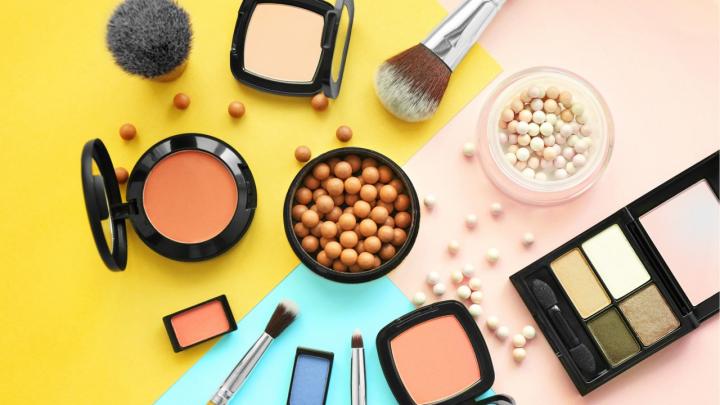

When you open a fashion magazine, you will see a sea of beauty products. With full-page images, the product names almost look mesmerizing. But after a few pages, you will find them so similar that they are suddenly unmemorable. In today’s highly competitive landscape where new beauty products are launched every single day, how can brands create unique, appealing and memorable names? This article will explore the secrets to product naming in the beauty industry from 4 key dimensions.
In the pursuit of creating the most beautiful and appealing product names, cosmetic brands tend to make one of the 3 mistakes:
For a long time, trademark protection has been neglected by many. Since beauty product names are often very long and descriptive, they generally have a lower success rate in trademark registration. As a result, few cosmetic brands pay attention to trademark protection. This negligence then brought about the major risk of competing within a homogeneous market where copycats are prevalent. By creating highly differentiating names, brands can greatly increase the success rate of trademark registration, but more importantly, form a healthier market environment.
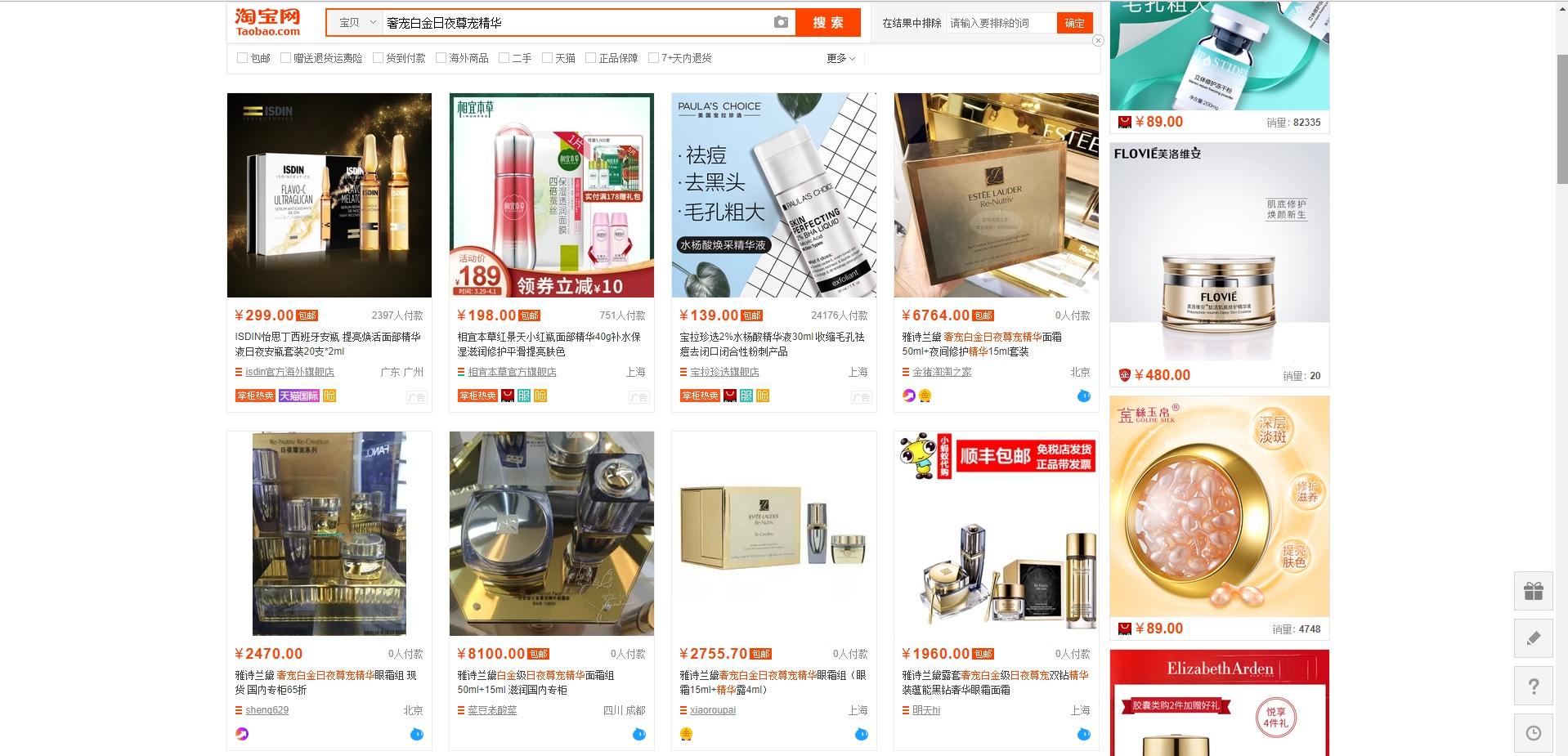
Estee Lauder RE-NUTRIV’s highly descriptive Chinese name, directly translated as ‘luxurious adoration day & night premium adoration serum’
In the time of information overload, consumers’ attention is one of the most depleted resources. Therefore, some cosmetic brands started to adopt shorter and more distinctive names to catch their attention. Neuroscience indicates that the reptilian complex of the human brain (the part that controls instinctual desires) prefers information that is visual. Aligning the product names with visual signs is thus a smart approach. We can find endless examples in the market, such as Lancôme’s ‘little black bottle’, Estee Lauder’s ‘little brown bottle’ and HR’s ‘precious green bottle’, or HR’s ‘leopard’ mascara and Lancôme’s ‘swan neck’ mascara… leaving strong impressions on the consumers.
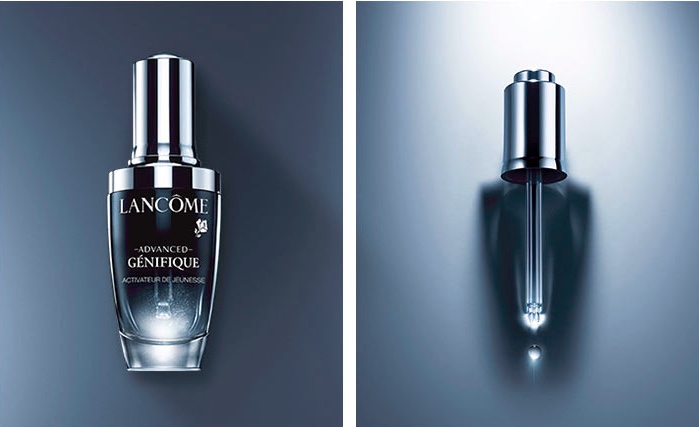
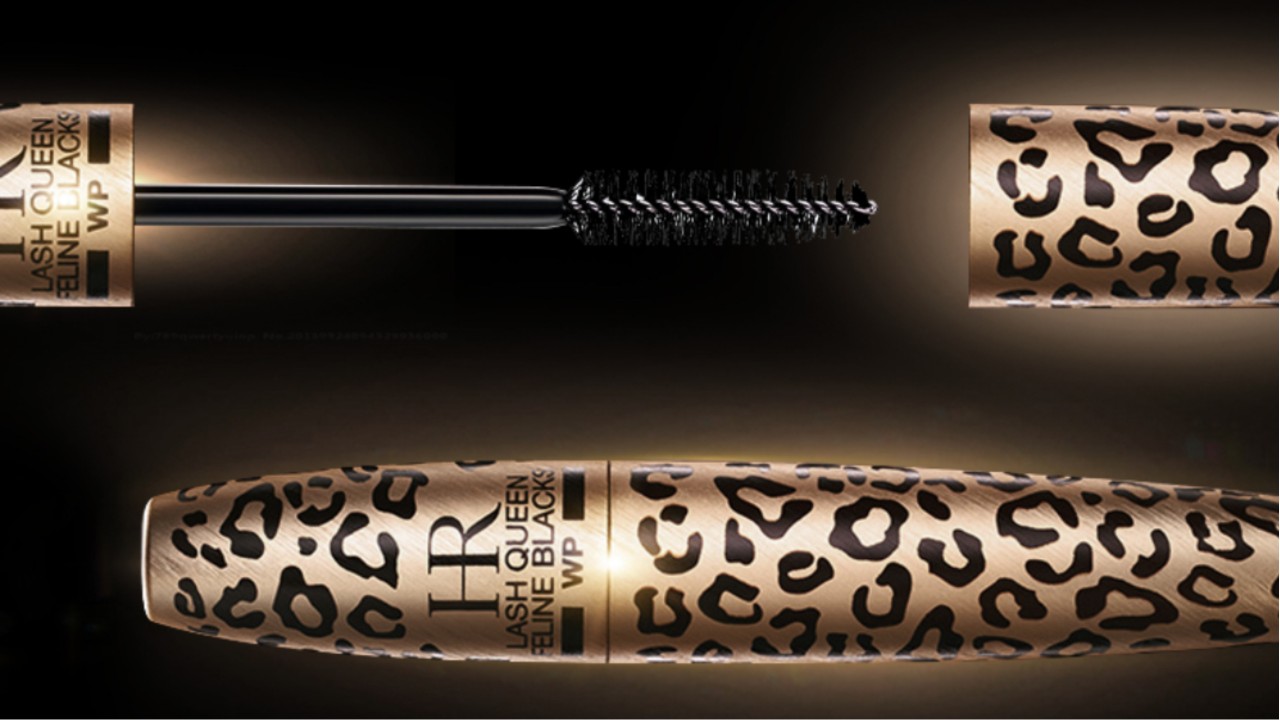
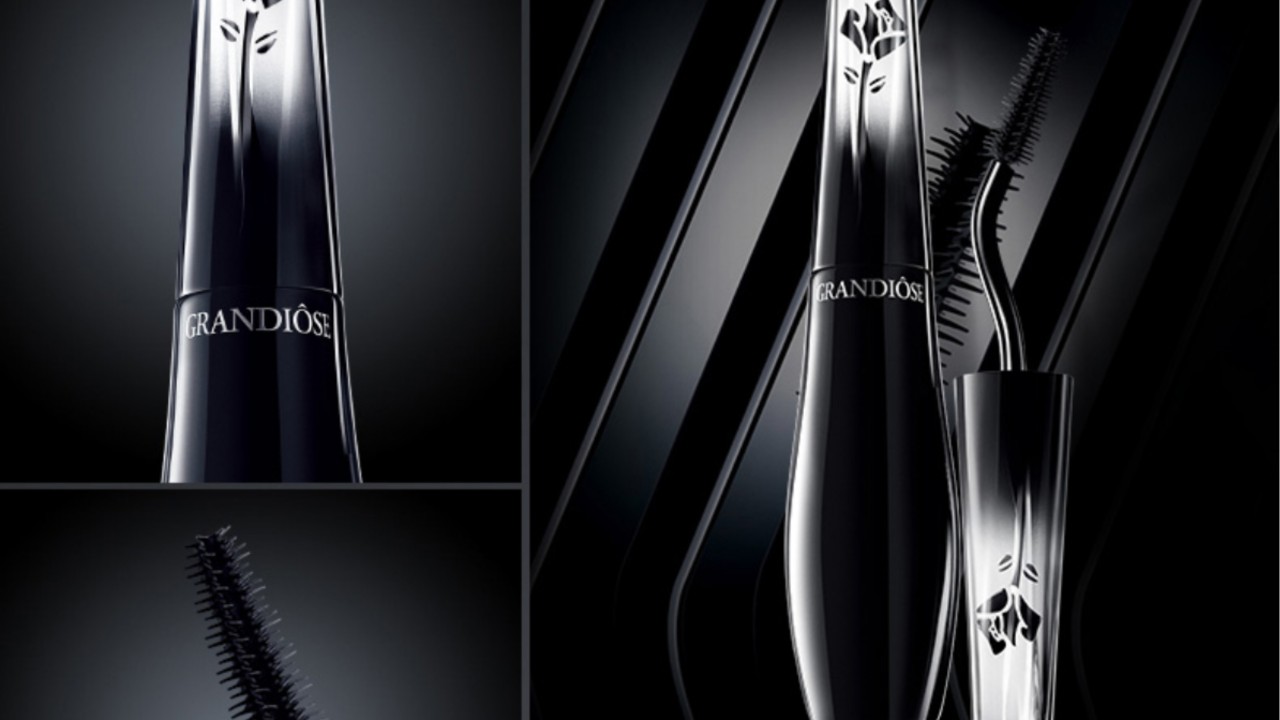
The use of personification instils a product with life and personality. The lively image makes it unforgettable for the consumers.
The strength of this approach is that it paints a highly vivid image. Reading the names, one can visualize the products as animated characters. Be it dramatic descriptions of the target audience, or playful analogies of the product benefits – the product names are so easy to comprehend that it shortens consumers’ decision-making process. It accelerates not only brand communication but also the discussion between consumers.
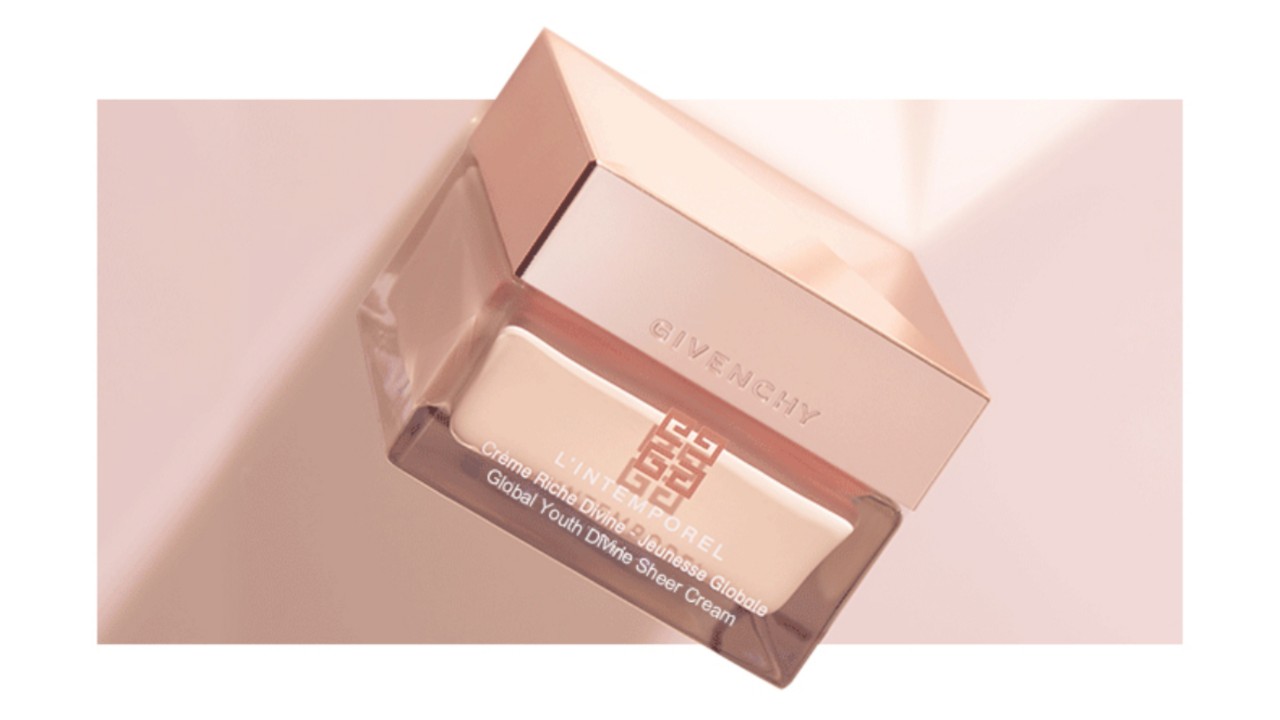
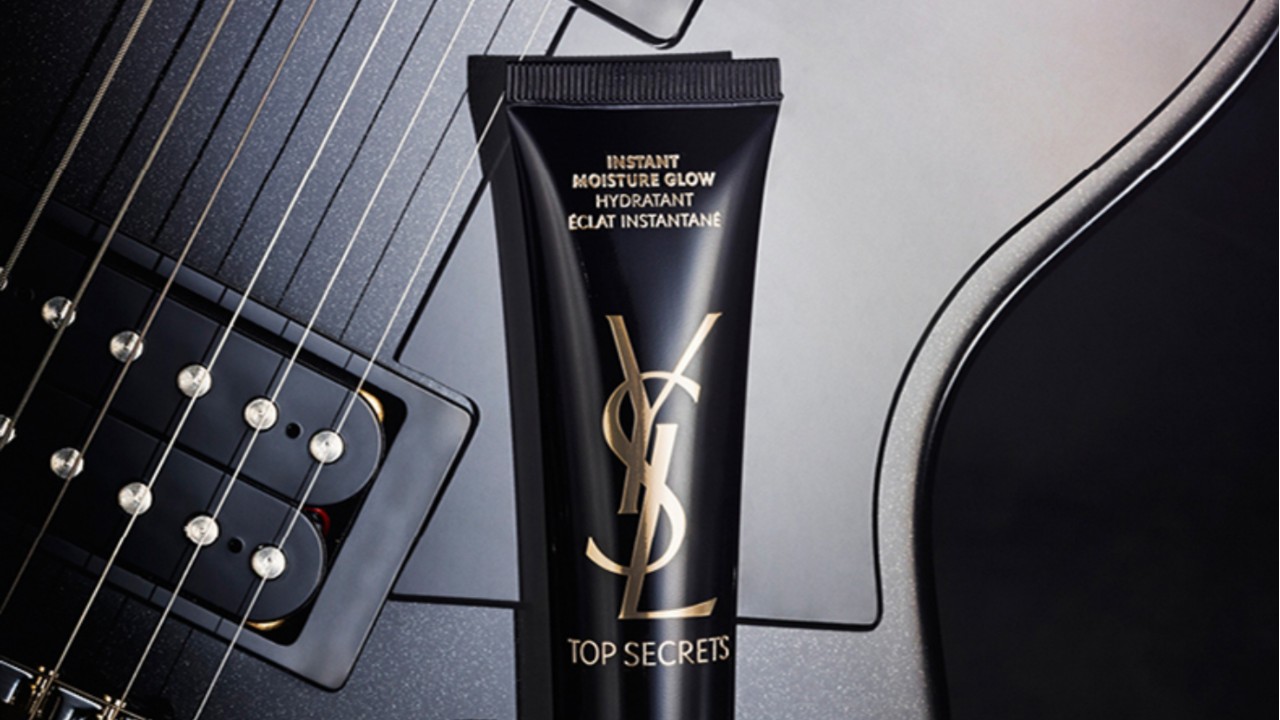
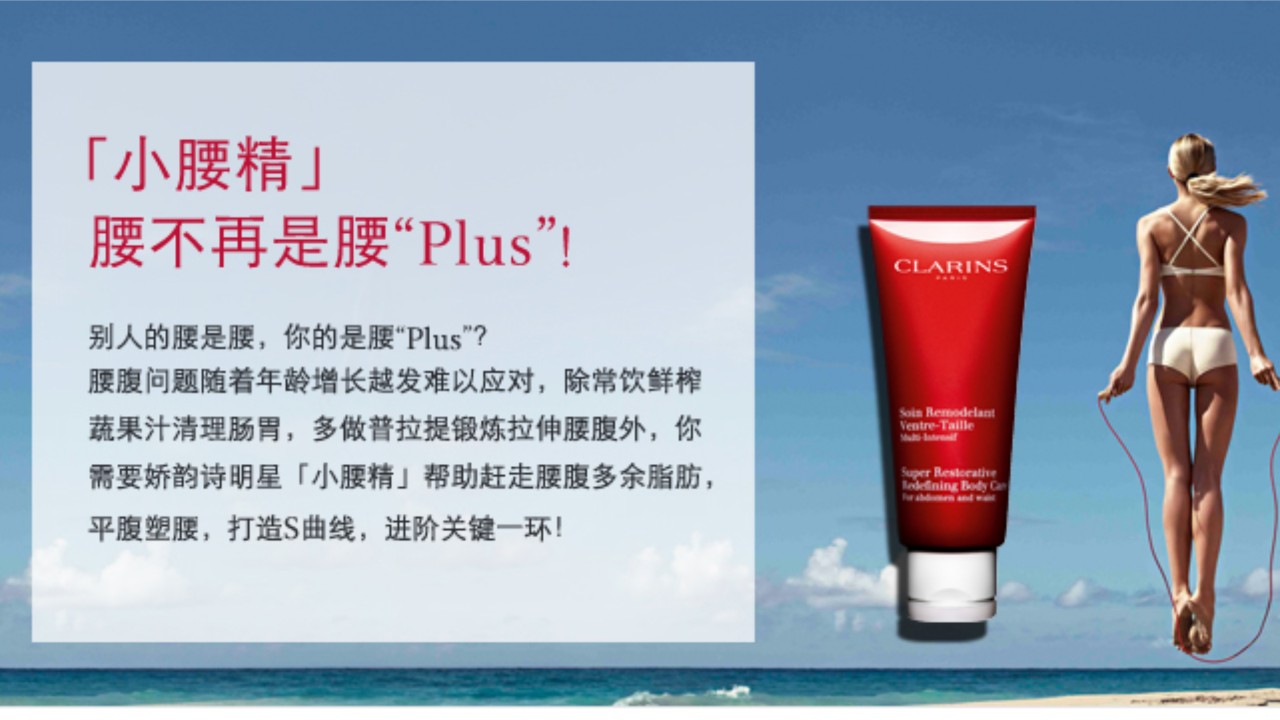
In recent years, more and more cosmetic brands start to descend from their ‘pedestal’ and interact with the increasingly sophisticated Chinese consumers, hoping to build an emotional connection. This trend is directly reflected in their innovative product naming:
1) Colloquial Phrases – Convey Product Benefits in Layman’s Term
Moreover, these names are often highly adaptive for communications. For instance, ‘Hey, wash it out! Forget him!’, or ‘Look at that girl! She’s glowing!’
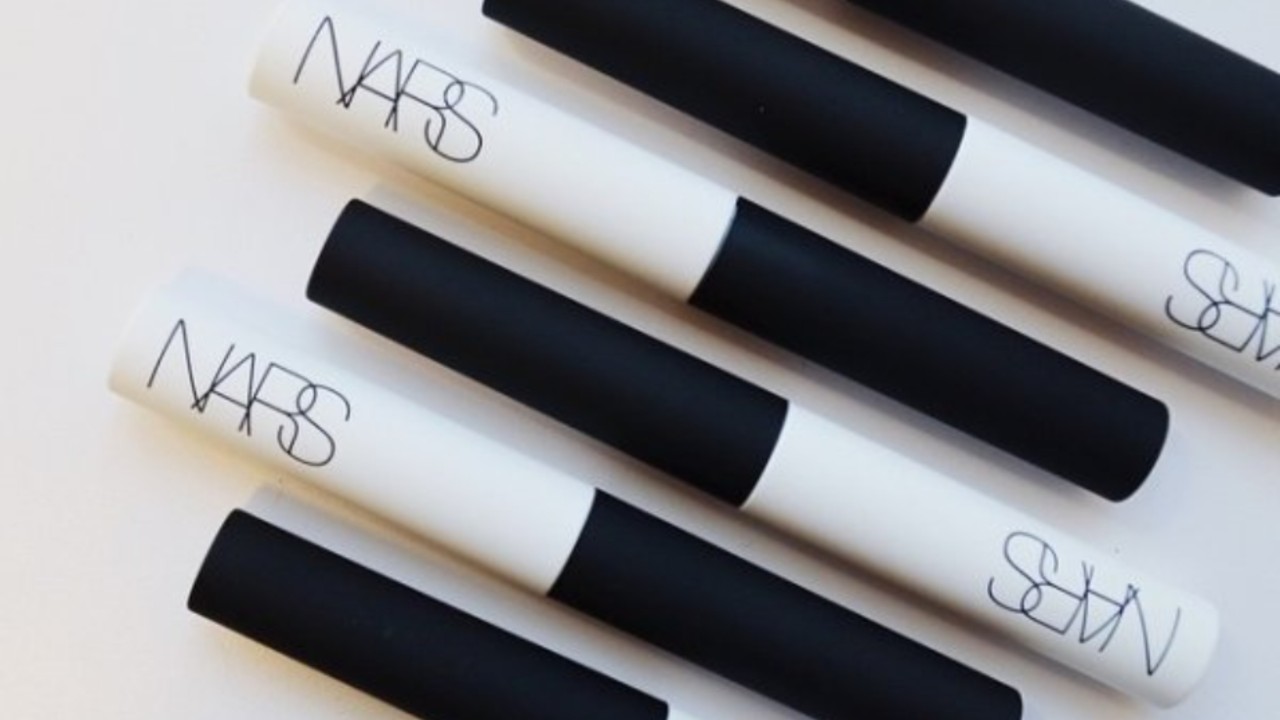
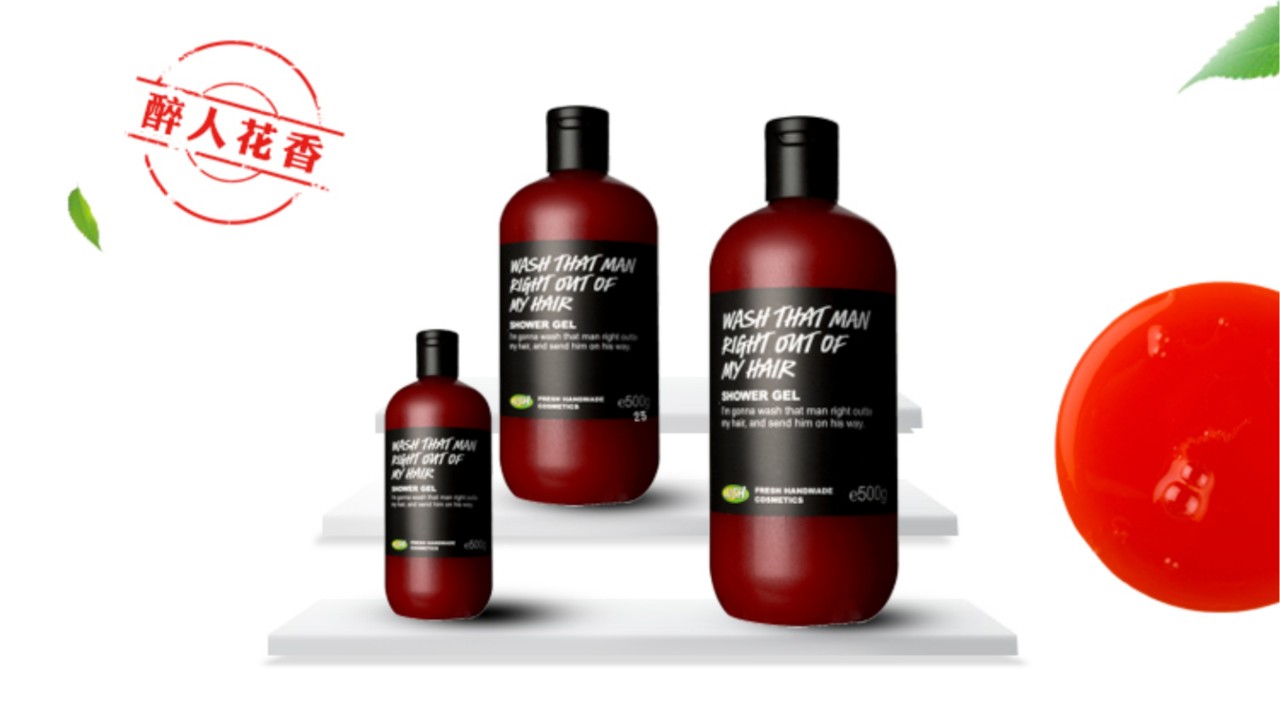
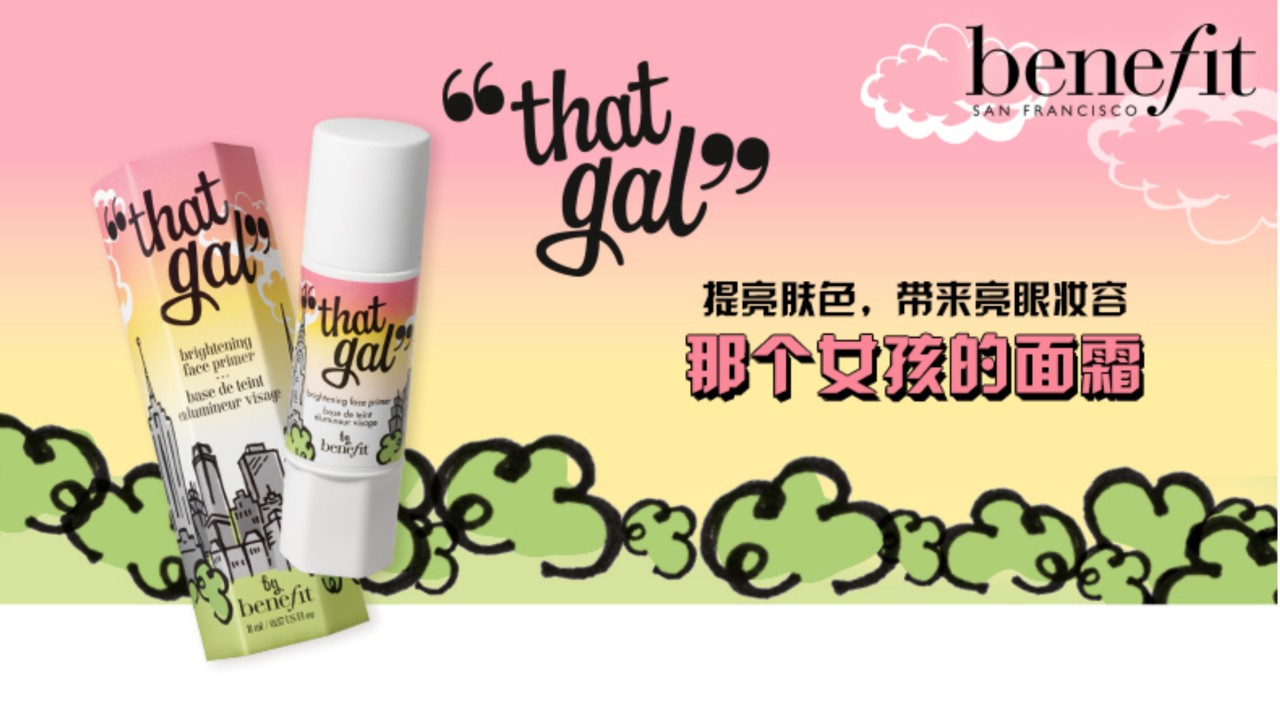
2) Symbolism – Essentialize Product Benefits into a Daily Object
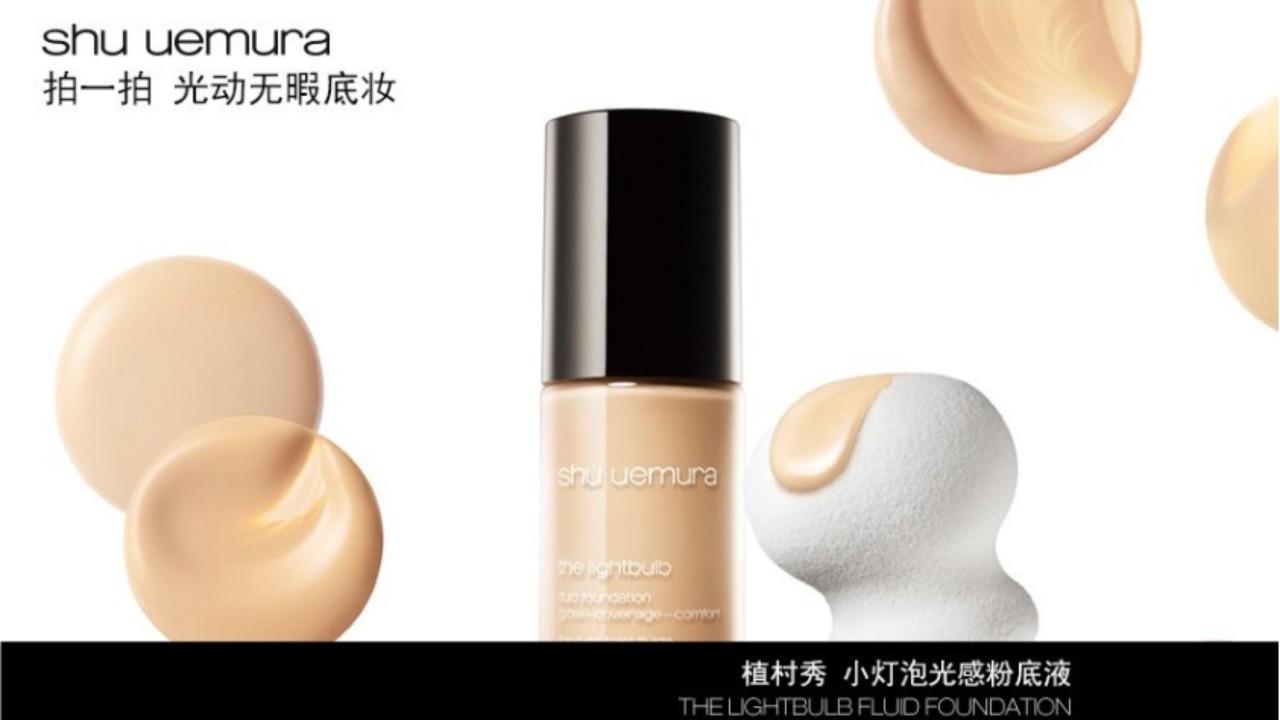
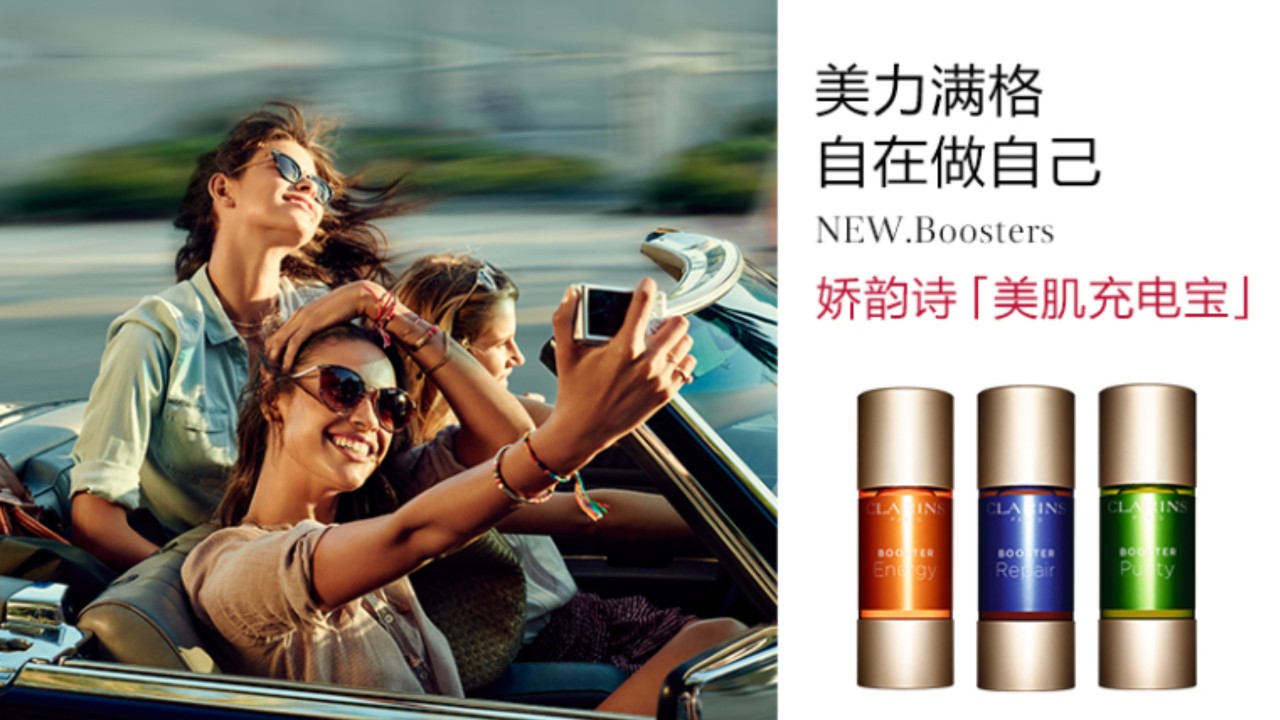
According to a recent report by Accenture, China’s urban consumers are gradually shifting towards a pursuit for differentiation – a more diversified and self-centric market. In order to meet their needs for self-expression, as well as encourage spontaneous content creation by the consumers, a few cosmetic brands took the route of declaring unique personalities to appeal to different niche groups. Examples include Dior’s ‘Poison Girl’, the racey product naming by NARS, etc.
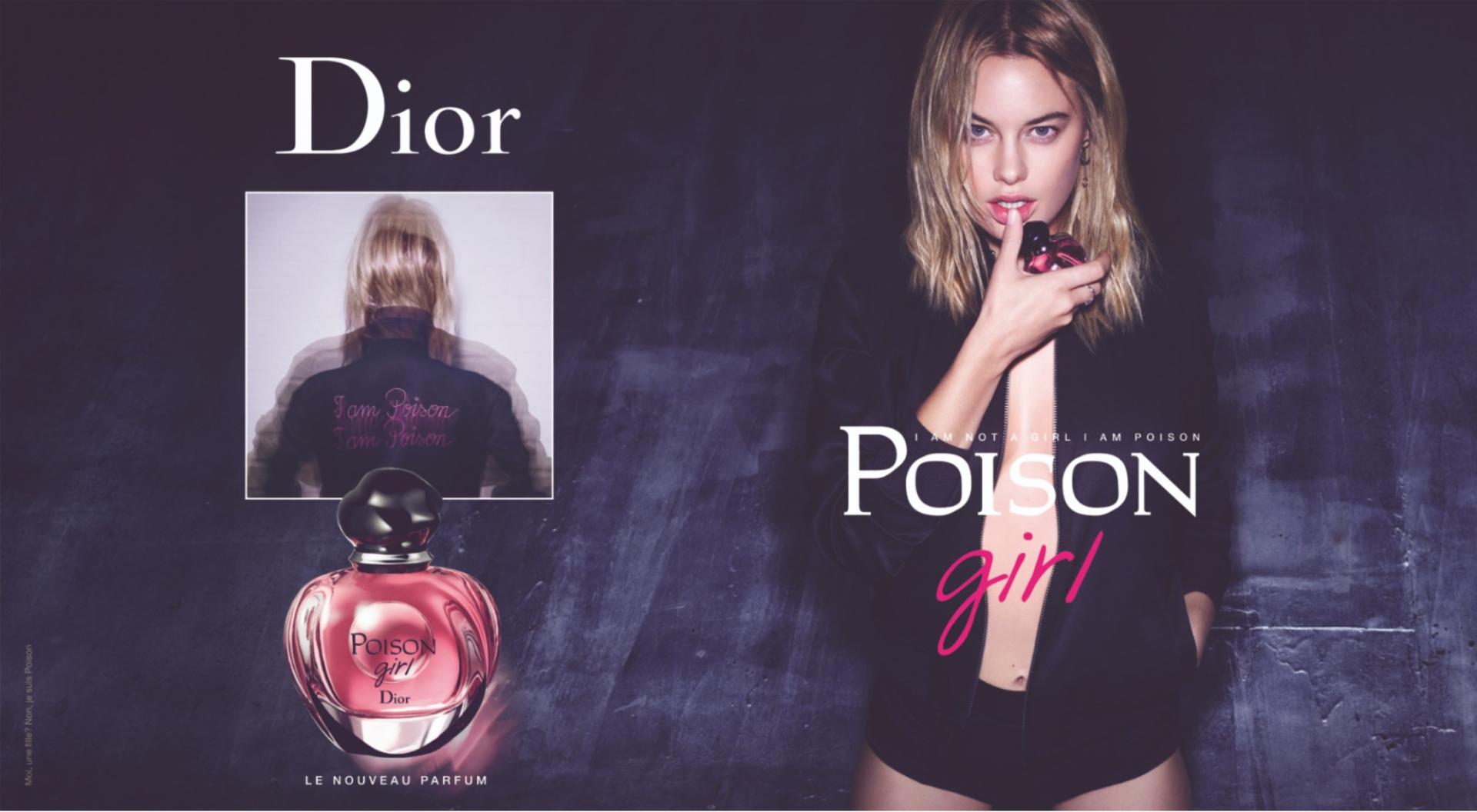
Dior ‘Poison Girl’
Despite being highly expressive, the more concise and differentiating the name gets, the more it is prone to over-essentialization. This makes it difficult for consumers to extract information about benefits or ingredients directly from the product name.
A research project by Labbrand indicated that when Chinese consumers shop for beauty products, they are more used to seeing concrete descriptions of product benefits to inform their purchase decision. Take Dior Prestige as example, different from the English name, the Chinese name ‘迪奥花蜜活颜丝悦’ (Dior/ Flower Honey/ Rejuvenating/ Face/ Silk/ Pleasure) contains extensive information including product ingredients, functions and emotional benefits. Similarly, we can also find complementary descriptors such as ‘serum/ essence/ concentrate’ or ‘dewy foundation’ after the ‘little black bottles’ and ‘lightbulbs’.
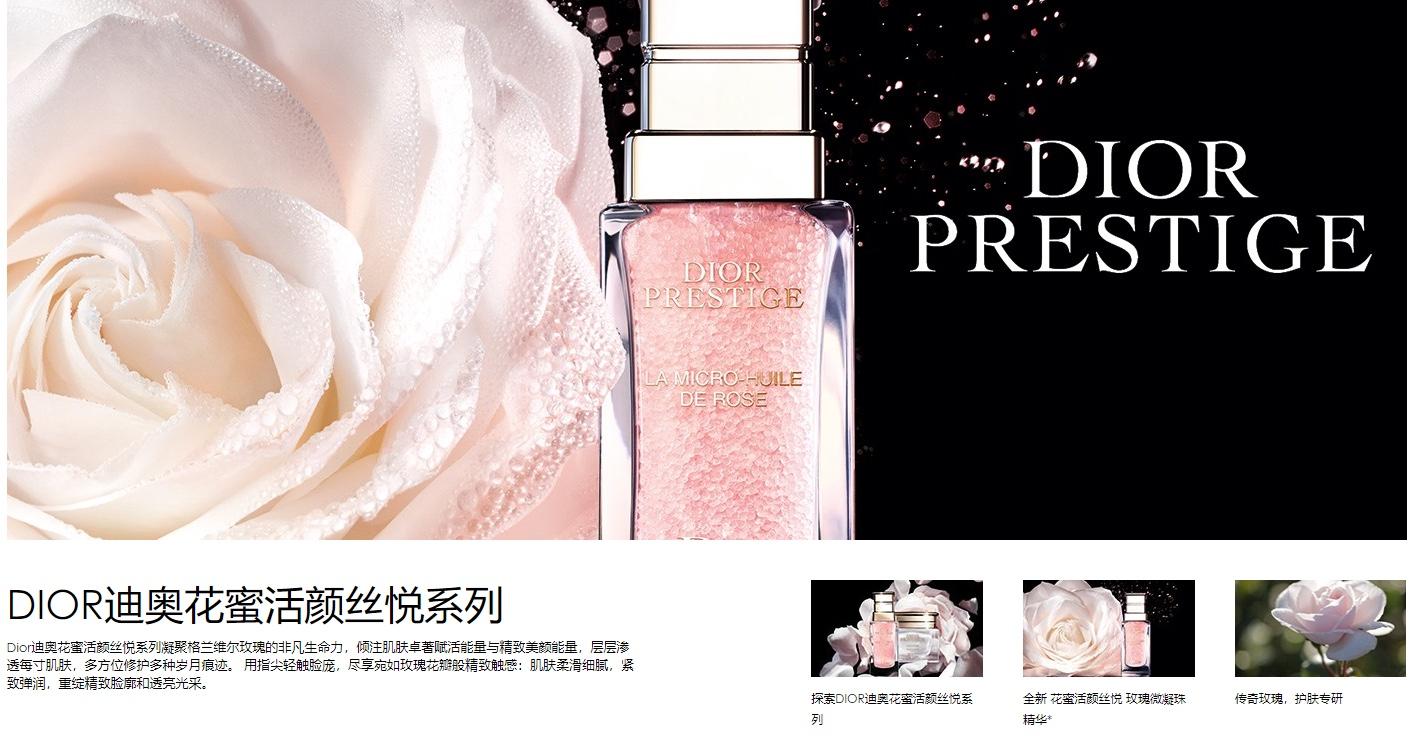
Dior Prestige 迪奥花蜜活颜丝悦
As the first and foremost touch-point of a brand, product and brand names shoulder the responsibility of communicating brand image and carrying brand equity. For cosmetic brands especially, the female consumers as their core target are generally more sensitive and pro-brand – they are more likely to pay for the added value of impactful branding.
A unique and appealing name will undoubtedly enhance brand communication. However, brands must take into account the brand positioning and product specifics as well as the cultural context of the consumer market in order to determine which naming approach is the best fit. Through our expert knowledge, cultural insights and in-depth experience, Labbrand looks forward to assisting each brand to create its unique identity, as well as exploring the potential of naming.
Labbrand Naming Team,
Labbrand, Shanghai
A Labbrand Group Company © 2005-2024 Labbrand All rights reserved
沪ICP备17001253号-3* Will be used in accordance with our Privacy Policy
To improve your experience, we use cookies to provide social media features, offer you content that targets your particular interests, and analyse the performance of our advertising campaigns. By clicking on “Accept” you consent to all cookies. You also have the option to click “Reject” to limit the use of certain types of cookies. Please be aware that rejecting cookies may affect your website browsing experience and limit the use of some personalised features.